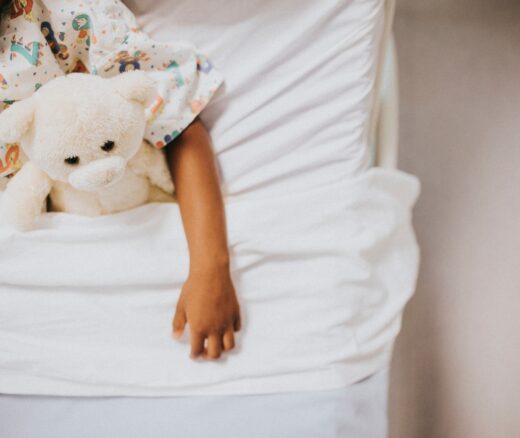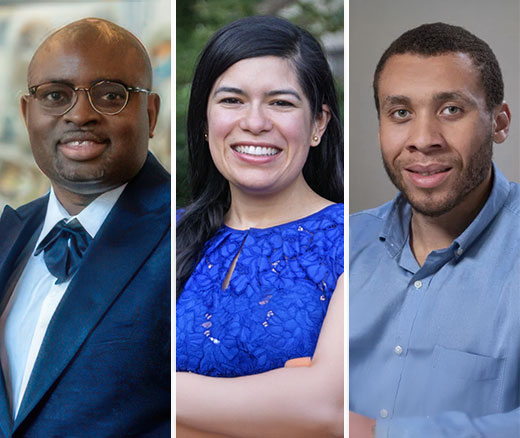
Black and Hispanic Children Have Higher Death Rates Than White Children After In-Hospital CPR
Equitably Improving Care for Hospitalized Kids Who Experience Cardiac Arrest Requires Hospital-Level Changes, LDI Fellows Say
In Their Own Words

The following excerpt is from an op-ed that first appeared in the Los Angeles Times on June 17th, 2024.
One of my patients who lives in Diné Bikéyah, the vast Navajo reservation in New Mexico, sleeps in an old Ford pickup truck that often doesn’t start. He has heart failure and relies on oxygen. But since he is without electricity, he spends his nights sneaking into the Walmart parking lot to charge his oxygen concentrator so he can survive another day.
For more than a year, he has needed coronary artery bypass surgery. But he can’t drive himself to the hospital three hours away, and his friends can’t afford the gas to take him. Each time his phone is out of service, I wonder whether it’s a coverage gap or an unpaid bill. Or something worse.
Such health concerns are common on the nation’s largest reservation. American Indians have the highest mortality and lowest life expectancy of any racial group in the U.S., according to the Centers for Disease Control and Prevention. My team’s research shows that nearly half of American Indians on Medicare suffer from a serious heart problem. And the life expectancy at birth for American Indian-Alaska Native people was 65.2 years in 2021 — equal to that of the U.S. population overall in 1944.
Read the entire op-ed here.


Equitably Improving Care for Hospitalized Kids Who Experience Cardiac Arrest Requires Hospital-Level Changes, LDI Fellows Say

Billing Codes That Flag Food, Job, or Housing Insecurity in Medical Records are Underused for the Sickest Medicare Patients

Experts Say Nursing Ethics Can Help Researchers Confront Federal Disinvestment, Defend Science, and Advance Health Equity

Study Finds Major Gaps in Cardiac Care Behind Bars

Eighth Year of Program That Recruits, Mentors and Develops Junior Faculty for Health Services Research

Chart of the Day: National Study Shows White Patients More Likely Than Black Patients to Get CT and/or Ultrasounds for Abdominal Pain in the Emergency Department